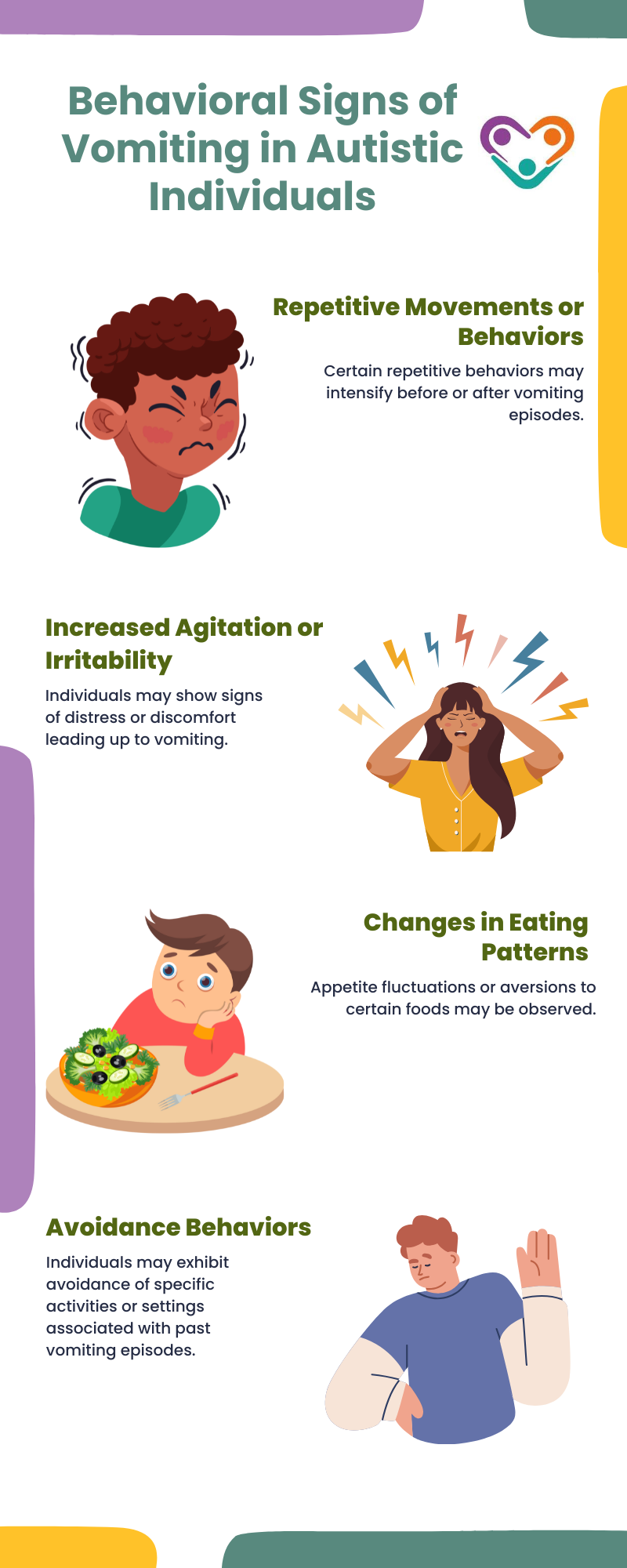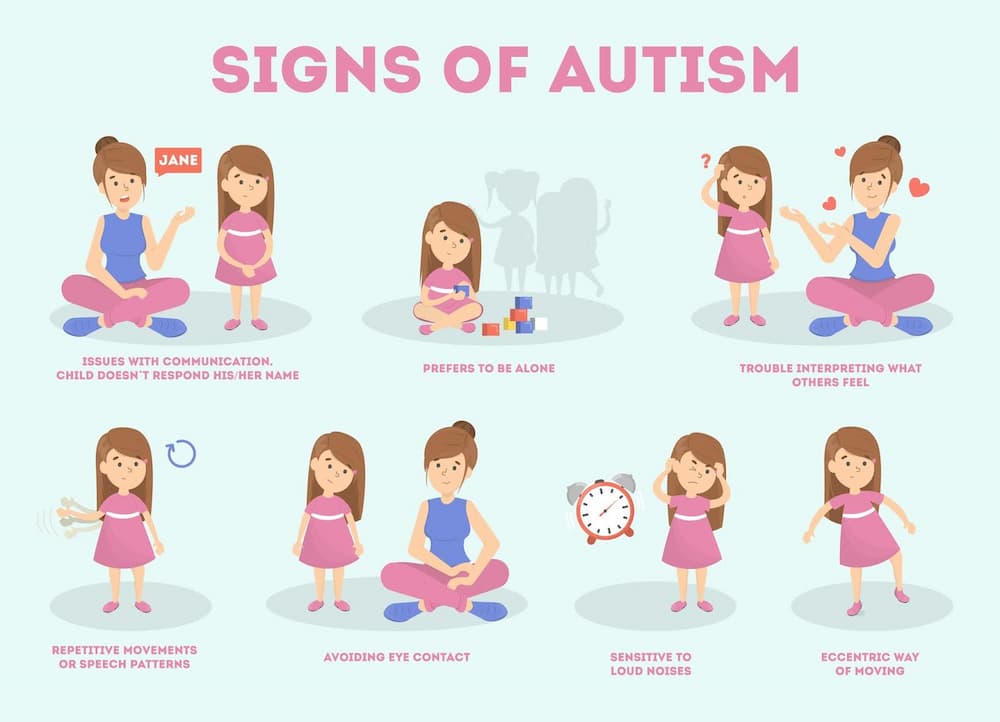Why social interactions can develop with guidance from Autism Spectrum Therapies specialists
Why social interactions can develop with guidance from Autism Spectrum Therapies specialists
Blog Article
Recognizing the Influence of Behavioral Autism on Daily Life and Social Interactions
You might not recognize just how deeply behavioral autism influences daily life and social interactions. People on the spectrum frequently navigate a globe filled with communication difficulties and sensory overload. These challenges can lead to aggravation and isolation, impacting their relationships and general health.
Specifying Behavioral Autism and Its Features
Behavior autism, often described as autism range problem (ASD), includes a series of problems defined by difficulties in social interaction, interaction, and recurring actions. You could notice that individuals with ASD usually have a hard time to analyze social cues, which can bring about misunderstandings in conversations. They might discover it hard to establish eye get in touch with or participate in small talk, making social circumstances really feel frustrating.
Interaction troubles can show up in various means, from postponed speech advancement to a choice for making use of fewer words. By acknowledging these characteristics, you can cultivate an environment that promotes approval and motivates efficient interaction, assisting people with autism prosper in their daily interactions.
The Range of Autism: Recognizing Variability in Actions
Autism range problem (ASD) isn't a one-size-fits-all medical diagnosis; it varies extensively amongst individuals. You may experience individuals who are extremely spoken and involve easily in discussions, while others could choose solitary activities or connect non-verbally.
Moreover, the way individuals with ASD reply to sensory input can differ significantly; some may be bewildered by bright lights or loud noises, whereas others flourish in promoting atmospheres. The spectrum likewise consists of differences in social interactions; some people might battle to translate social hints, while others browse social settings with relative simplicity. Comprehending this irregularity is crucial, as it assists you value each individual's unique experience and dressmaker support to their particular needs, promoting an extra inclusive setting for everyone.
Interaction Difficulties Encountered by People With Autism
When you interact with individuals on the autism spectrum, you might see their one-of-a-kind communication obstacles. They usually face troubles with both nonverbal and spoken hints, which can influence their social communications. Comprehending these obstacles is vital for fostering far better links and assistance.

Verbal Interaction Difficulties
Numerous individuals on the autism range experience verbal communication troubles that can substantially affect their day-to-day communications. You might find it testing to express your thoughts, sensations, or needs clearly. This can bring about stress for both you and those around you, as misunderstandings take place. You may struggle with launching conversations, keeping a topic, or comprehending nuances in speech. Often, you may favor making use of simple language or repeated expressions, which can restrict your capacity to engage in much deeper conversations. Your tone, volume, or rate could not align with social expectations, causing others to misunderstand your objectives. Identifying these obstacles can aid you and your assistance network develop methods to boost communication and promote better connections with others in your day-to-day live.
Nonverbal Interaction Barriers
Spoken communication isn't the only difficulty people on the autism spectrum face; nonverbal interaction obstacles can be equally as substantial. You may locate it challenging to interpret body language, face expressions, and eye call, which are essential for efficient interaction. These challenges can result in misunderstandings or false impressions of social signs, making interactions feel overwhelming or complicated. You may have a hard time to express your very own feelings with nonverbal ways, leaving others unclear of your intentions or feelings. This separate can create feelings of isolation and aggravation. Acknowledging these obstacles is essential for cultivating understanding and compassion in your interactions. By resolving nonverbal interaction, you can find techniques to improve your social experiences and boost your total lifestyle.
Social Communication Impacts
Social interactions can commonly really feel frustrating due to the one-of-a-kind communication obstacles dealt with by people with autism. Recognizing these obstacles can assist you locate strategies to improve interaction, such as exercising social abilities in safe setups or making use of aesthetic aids. Comprehending your needs enables you to navigate social communications with greater confidence and ease.
Social Communication and Relationship Building in Autism
While building relationships can be challenging for people with autism, comprehending their unique perspectives and communication styles can cultivate significant links. You might notice that lots of people on the range like straight interaction and may have problem with social cues or little talk. By being simple in your communications, you can assist create an atmosphere where they feel comfy.
Put in the time to pay attention and observe just how they share themselves. This insight can direct you in guiding discussions extra efficiently. Participating in shared interests can additionally act as a bridge to deeper links. Whether it's a pastime, a preferred program, or a common interest, these usual strings can open doors to relationship.
Life Routine: Browsing Difficulties and Approaches
Navigating day-to-day live regimens can be particularly challenging for people with autism, especially when unforeseen changes pop over to this web-site happen. You may discover comfort in having a structured routine, as it assists you anticipate what's following. It's regular to really feel nervous or overwhelmed when disruptions happen. To navigate these difficulties, consider applying aesthetic timetables or checklists. These tools can provide quality and confidence.
Developing a regimen that consists of sensory breaks can additionally be beneficial. You can prepare time-outs throughout your day to reenergize. It's important to communicate with those around you, allowing them understand your preferences and demands. This assists create an understanding setting.
Last but not least, practice mindfulness techniques to handle anxiety and anxiety. Basic breathing exercises or basing strategies can make a substantial difference. By integrating these techniques, you can improve your daily routine and lessen disruptions, making life really feel extra manageable.
Staminas and Capacities of Individuals on the Autism Spectrum
Recognizing day-to-day live regimens is just one aspect of the autism experience. Many individuals on the autism spectrum possess impressive staminas and abilities that establish them apart. You might find that your attention to detail is remarkable, allowing you to succeed in jobs that require precision and emphasis. Your capability to assume outside the box can cause ingenious remedies in various circumstances.
Moreover, your memory skills commonly radiate, specifically in locations of passion. Autism Spectrum Therapies. This propensity for preserving information can make you a useful source in areas like scientific research, innovation, or art. You might additionally show solid aesthetic thinking, enabling you to imagine complex principles and fix issues creatively
Additionally, your distinct point of view on the world can cultivate empathy and understanding in others, enhancing social interactions. Welcoming these toughness not only increases your confidence yet additionally aids others value the diverse abilities you offer the table.
Developing Comprehensive Environments for People With Autism
Developing comprehensive atmospheres for individuals with autism starts with designing sensory-friendly spaces that accommodate their unique requirements. You can likewise promote chances for social interaction, helping to develop links and relationships. By making these changes, you'll add to an extra welcoming atmosphere for every person.
Creating Sensory-Friendly Spaces
While designing sensory-friendly rooms, it's crucial to review the one-of-a-kind needs of individuals with autism. Beginning by selecting relaxing colors and soft illumination to create a soothing atmosphere. Include quiet areas where individuals can pull back and recharge when bewildered. You'll intend to decrease loud sounds and disturbances, making use of soundproof materials or white noise equipments to help preserve harmony. Consider tactile components like soft fabrics or fidget-friendly items that can give convenience. Ascertain that spaces are versatile, enabling simple rearrangement to accommodate various tasks. Ultimately, include visual routines or clear signs to aid people browse the space with pop over to this web-site confidence. By attentively incorporating these elements, you can create an inviting ambience that supports sensory requirements and advertises total wellness.
Advertising Social Communication Opportunities
Creating sensory-friendly areas not only addresses individual comfort but also sets the stage for meaningful social communications amongst individuals with autism. To promote these interactions, produce inclusive settings that welcome involvement. Organize organized tasks, like art classes or team video games, that motivate collaboration without frustrating sensory input. Usage aesthetic help and clear interaction to assist every person engage conveniently. Urge peer mentoring, coupling individuals with autism with supportive peers who can guide them through social situations. Additionally, take into consideration hosting regular area events that commemorate neurodiversity, fostering approval and understanding amongst all participants. By executing these approaches, you can boost social possibilities, helping individuals with autism build friendships and reinforce their social skills in a safe, inviting environment.

Often Asked Questions
Just How Can Friends Assistance Somebody With Behavioral Autism?
You can support a close friend with behavioral autism by being person, listening proactively, and valuing their limits. Engage in tasks they take pleasure in, communicate openly, and produce a comfortable environment where they really feel valued and recognized.
What Resources Are Readily Available for Moms And Dads of Kid With Autism?
You can discover numerous resources for moms and dads of youngsters with autism, consisting of support groups, educational web sites, and regional area solutions. Linking news with other moms and dads can likewise give valuable insights and shared experiences to help browse difficulties.
Can Behavioral Autism Modification Gradually?

Yes, behavior autism can change with time. You might discover shifts in interaction, social abilities, and actions as your child grows. Early intervention and support frequently play vital duties in these developmental modifications.
Just How Do Sensory Sensitivities Impact Life?
Sensory sensitivities can make day-to-day experiences overwhelming. You might battle with loud noises or brilliant lights, resulting in stress or evasion. Discovering environments that fit your demands can significantly enhance your convenience and general every day life.
What Are Usual Misconceptions Regarding Behavioral Autism?
You could assume behavior autism only influences communication abilities, yet it's even more complex. Numerous presume individuals lack empathy or intelligence, which isn't true. Understanding these misunderstandings helps foster acceptance and assistance for those on the range.
Behavior autism, frequently referred to as autism spectrum disorder (ASD), encompasses a variety of conditions characterized by challenges in social interaction, communication, and recurring actions.Social communications can usually really feel frustrating due to the special interaction difficulties dealt with by people with autism.Creating sensory-friendly areas not only addresses individual comfort yet additionally establishes the stage for meaningful social communications among people with autism. Encourage peer mentoring, pairing people with autism with encouraging peers that can direct them via social situations. By carrying out these methods, you can improve social chances, assisting individuals with autism build friendships and reinforce their social abilities in a safe, welcoming environment.
Report this page